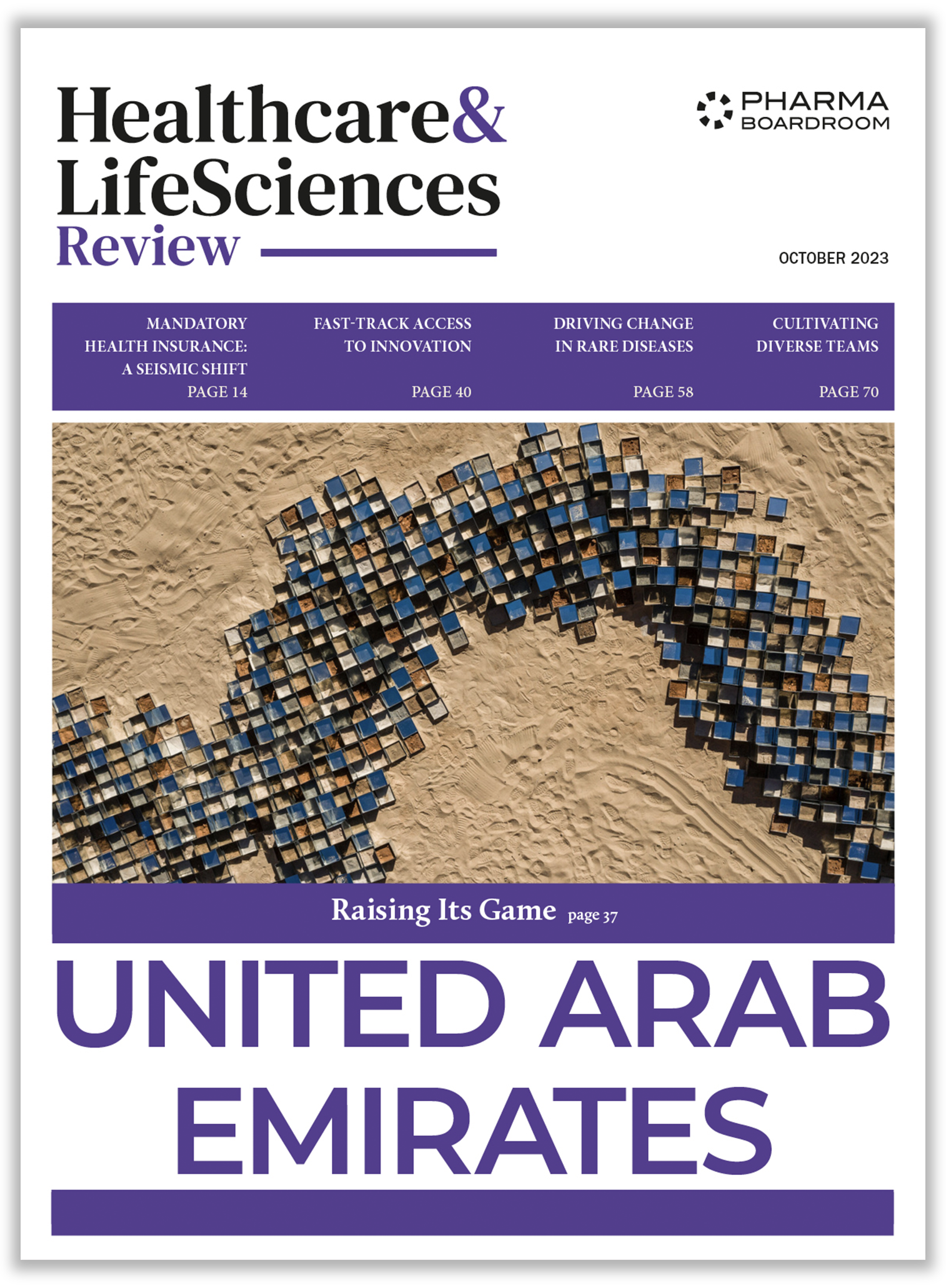The FDA’s recent accelerated approval for Bluebird Bio’s gene therapy Skysona and its US list price of USD three million per treatment has reignited the global debate around drug pricing. Bluebird execs are keen to emphasise how life-changing such treatments are for a small number of patients; Skysona is indicated for the rare neurological disorder cerebral adrenoleukodystrophy (CALD) which only affects around 40 patients per year in the US. However, others are questioning whether such astronomical pricing levels are realistically sustainable in the long-term. Here, we run through the top five most expensive drugs in the world today*.
1. Skysona (Bluebird Bio)
USD 3 million
Approved by the US FDA in September 2022, Bluebird is charging USD three million per treatment for its CALD gene therapy.
Bluebird is not offering an outcomes-based payment for Skysona due to the rarity and complexity of CALD which, as the company’s CEO Andrew Obenshain has said, makes such an arrangement “extremely challenging to implement for both bluebird and payers.”
Obenshain added that “the clinical benefit [Skysona] provides as an urgently needed treatment option to slow the progression of neurologic dysfunction in children impacted by progressive, irreversible and fatal rare disease.”
Failure to agree a mutually satisfactory pricing plan with regulators in Europe has led Bluebird to shutter its operations on the continent and focus on its home market of the US.
2. Zynteglo (Bluebird Bio)
USD 2.8 million
Bluebird boasts both the first and second most expensive drugs in the world. Zynteglo, a one-time treatment for inherited blood disorder beta thalassemia, got the FDA nod in August 2022 and had a launch price of USD 2.8 million.
There are estimated to be between 1,000 and 1,500 transfusion-dependent beta thalassemia patients in the US and an outcomes-based system is being utilised for payment.
3. Zolgensma (Novartis)
USD 2.1 million
Swiss giant Novartis’ USD 2.1 million gene therapy Zolgensma takes third place on the list. First approved by the FDA in 2019, Zolgensma is a one-time treatment for spinal muscular atrophy (SMA), a genetic disorder that causes muscle wasting and weakness.
While its high cost generated a good deal of controversy on launch, supporters have played up the fact that Zolgensma only has to be taken once and works out cheaper than competitor treatments such as Biogen’s Spinraza which has to be taken four times a year for life, working out at around USD four million per decade.
4. Zokinvy (Eiger Biopharmacueticals)
USD 1.03 million
First approved by the FDA in 2020, Eiger Biopharmaceuticals’ Zokinvy is the only available treatment that decreases the mortality risk for patients with ultra-rare Hutchinson-Gilford progeria syndrome (HGPS). HGPS affects around one in 20 million people.
An annual treatment regimen with Zokinvy costs around USD 1.03 million per year.
5. Danyelza (Y-mAbs Therapeutics)
USD 977,664
In fifth place is Danyelza, indicated for paediatric patients with relapsed or refractory high-risk neuroblastoma in the bone or bone marrow and approved by the FDA since November 2020. One vial of Danyelza costs USD 22,018, and GoodRx estimates average annual treatment costs of USD 977,664. However, Drugs.com posits that annual costs could rise as high as USD two million, although most patients would not take Danyelza for such a long period.
* This data is taken from a variety of sources and is intended to be illustrative only.


